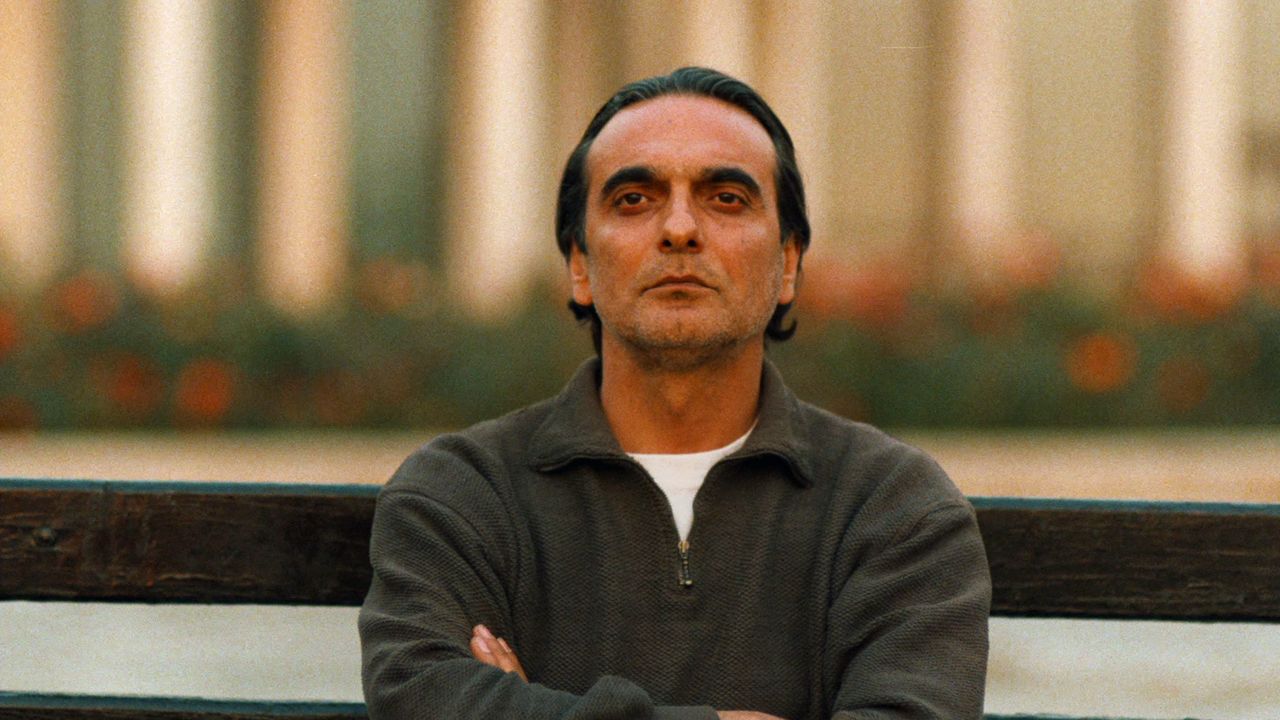In a landmark moment for the global art market, Frida Kahlo’s 1940 painting El sueño (La cama) — The Dream (The Bed) sold on Thursday night in New York for $54.7 million, setting a new all-time auction record for a work created by a female artist.
The painting was offered at Sotheby’s during its highly anticipated surrealist art evening sale. After a brisk four minutes of intense bidding, the hammer came down at a figure that far exceeded most expectations, instantly propelling the work into art-market history.
A New Benchmark in Art Market History
The previous auction record for a work by a female artist belonged to Georgia O’Keeffe’s Jimson Weed/White Flower No. 1, sold at Sotheby’s in 2014 for $44.4 million. Kahlo’s new record surpasses that figure by a dramatic margin.
It also breaks Kahlo’s own previous auction record—her 2021 painting Diego y Yo (Diego and I), which sold for $34.9 million.
Sotheby’s has not disclosed the identity of the buyer.
A Self-Portrait Rich with Symbolism
In The Dream (The Bed), Kahlo depicts herself lying in a cloud-floating bed, while a smiling skeleton wrapped in sticks of dynamite hovers above her in the canopy. The visual vocabulary is unmistakably Kahlo: intimate, painful, humorous, and rooted in the corporeal reality of her life.
Kahlo’s artistic universe was deeply shaped by the catastrophic bus accident she suffered at age 18, an event that left her with lifelong injuries to her spine and pelvis. Much of her early painting was done while bedridden, a space she often described as a threshold between life and death. The imagery in The Dream resonates strongly with these lived experiences.
Although frequently labeled a surrealist, Kahlo rejected the term, insisting:
“I never painted dreams. I painted my own reality.”
A Rare Work Allowed to Circulate Internationally
The painting comes from a private collection located outside Mexico. Because the Mexican government has officially designated Kahlo’s oeuvre a national artistic monument, most of her works within the country cannot be exported, sold abroad, or destroyed. This painting is therefore one of the very few Kahlo works legally eligible for international sale—an important reason for its extraordinary market value.
Art historians and curators have expressed concern that the work, which was last publicly exhibited in the late 1990s, may again disappear from public view following the sale. Major institutions in New York, London, and Brussels have already submitted formal requests to display it.

A Feverish Week in New York’s Art Market
The record-shattering sale caps off an exceptionally energetic week in New York’s auction houses. Just two days earlier, a major Gustav Klimt painting sold for $236.4 million—one of the highest auction prices ever achieved—underscoring the sustained strength of the global art market.
More Than a Market Record
For many observers, the sale represents more than a financial milestone. Kahlo has long stood as a cultural icon—an emblem of resilience, womanhood, identity, anti-colonial thought, and creativity forged through suffering. Her ascent to the very top tier of the global art market signals a major shift in institutional and commercial recognition of women artists.





